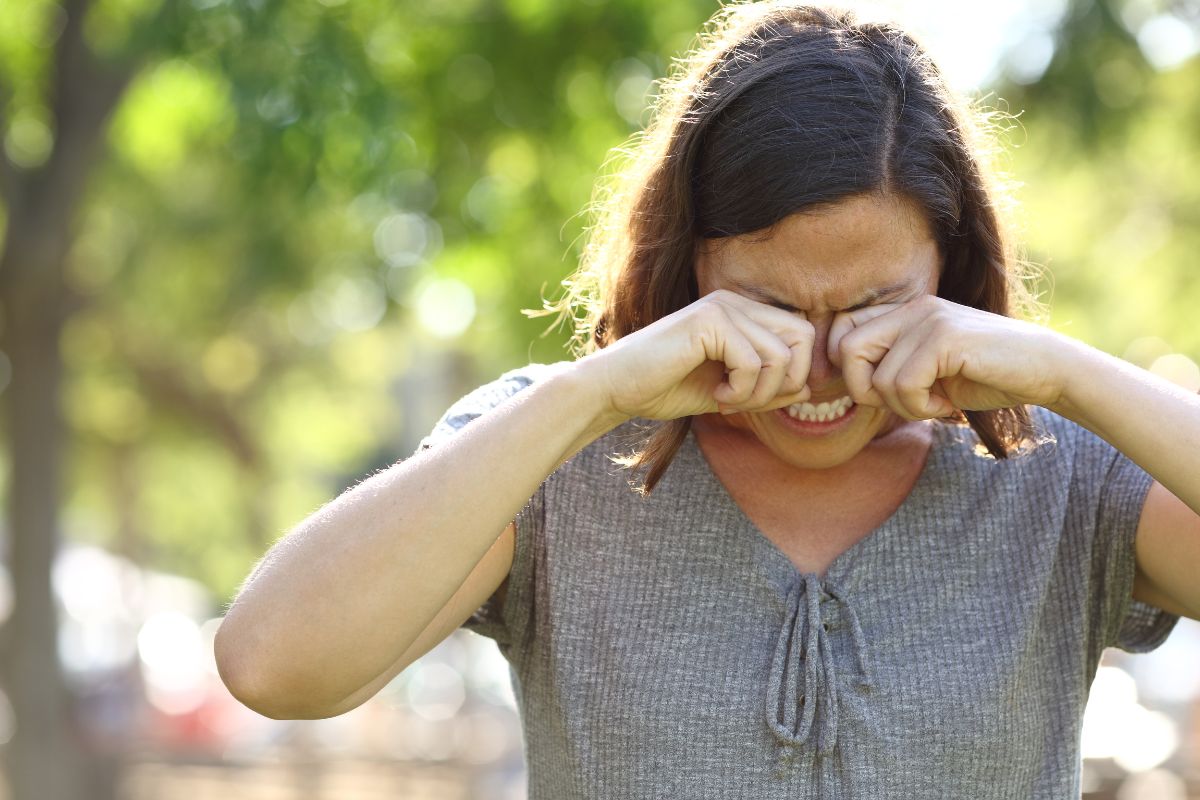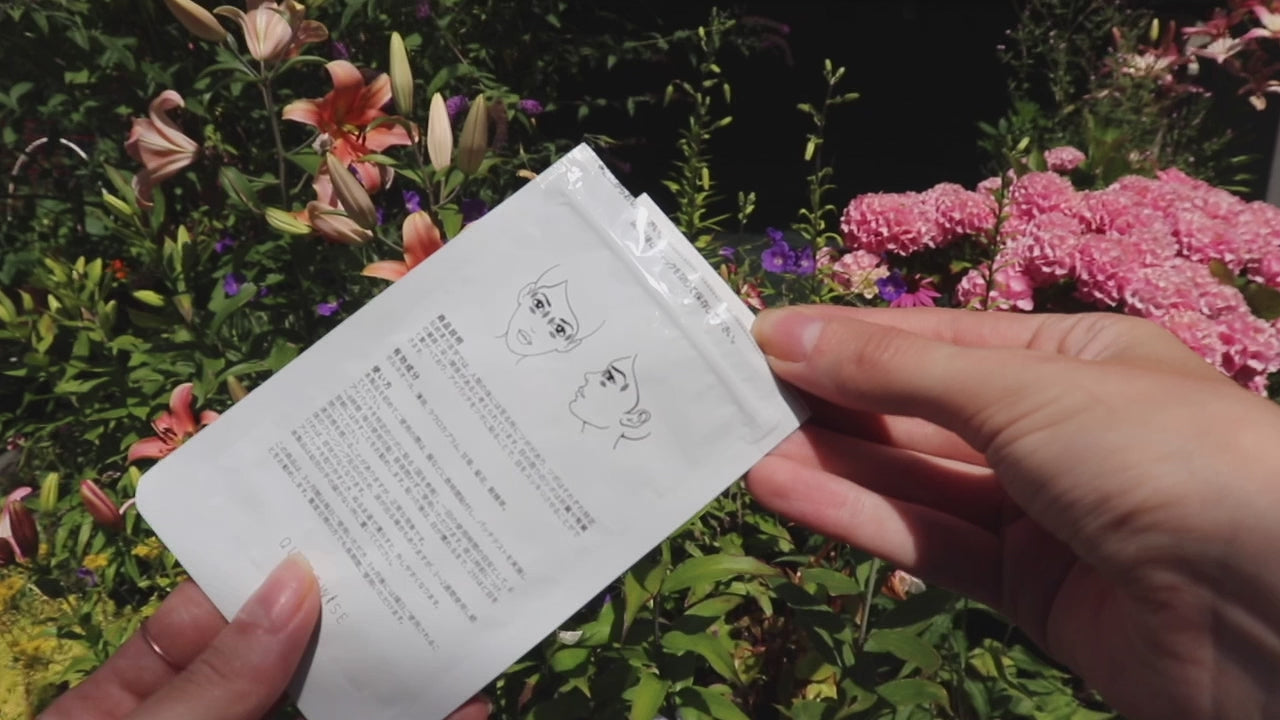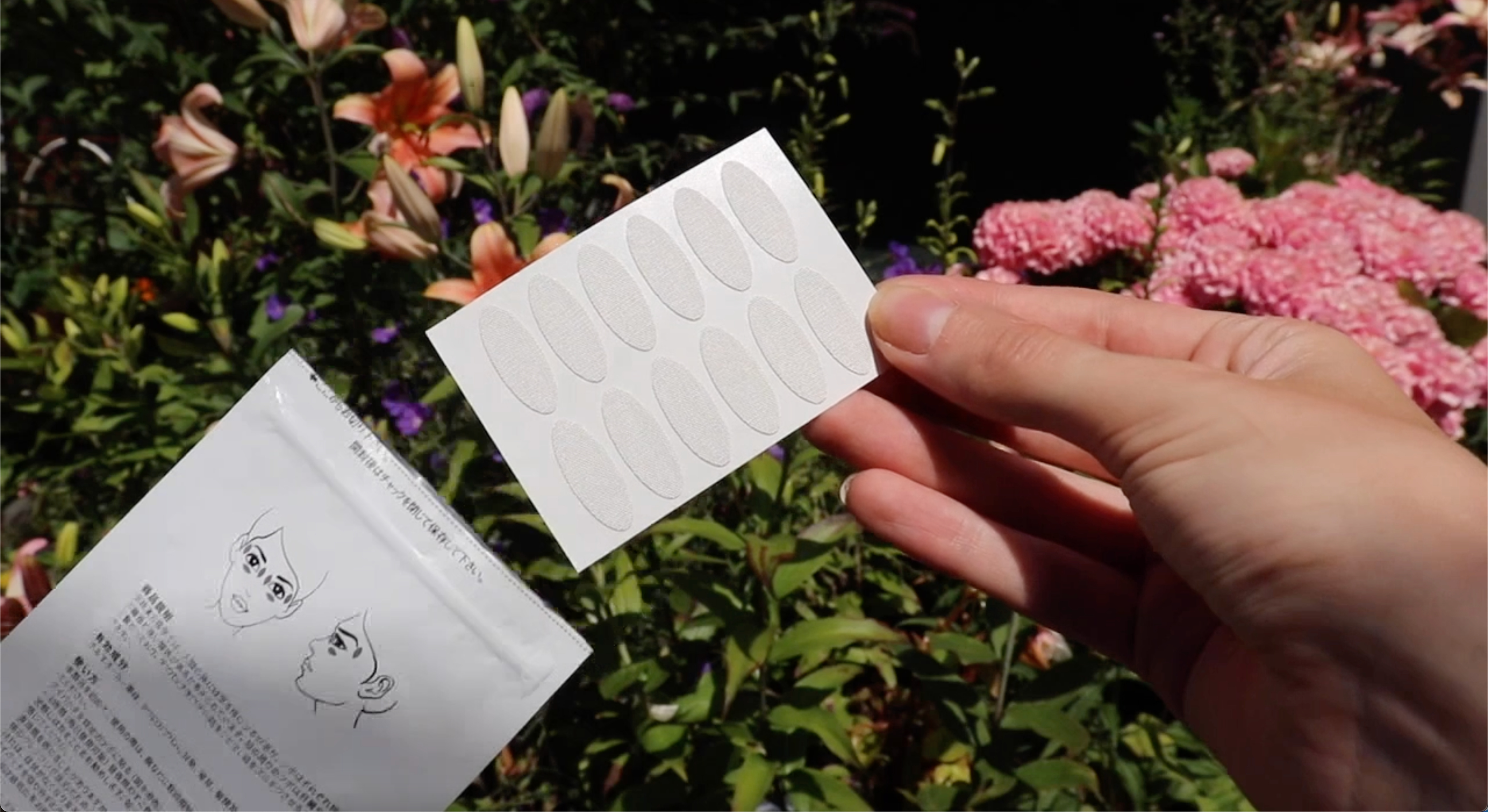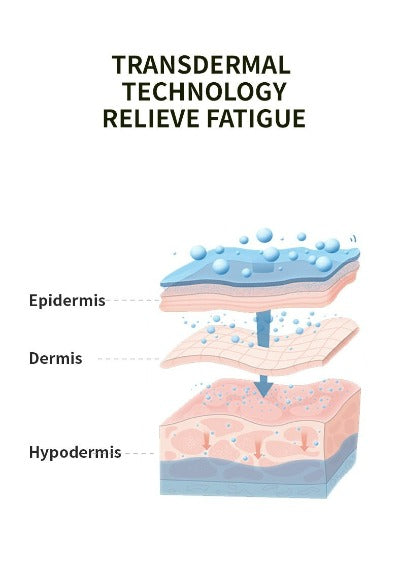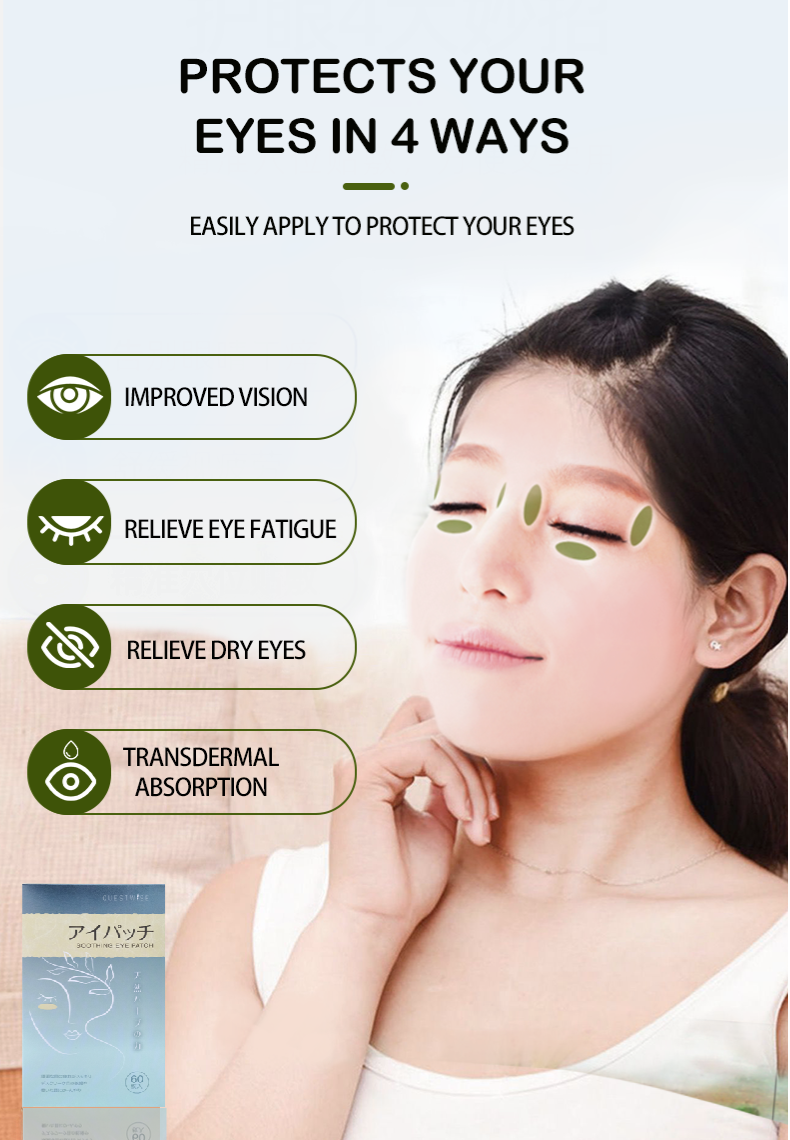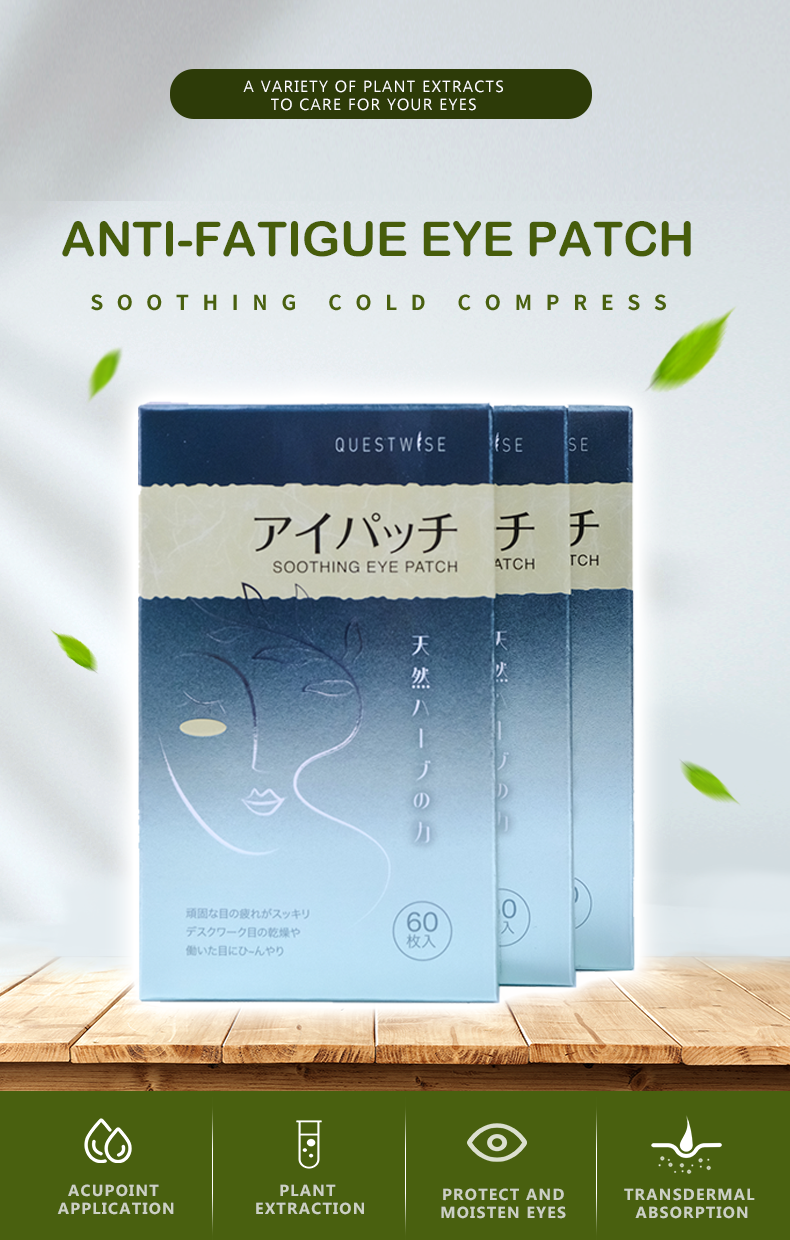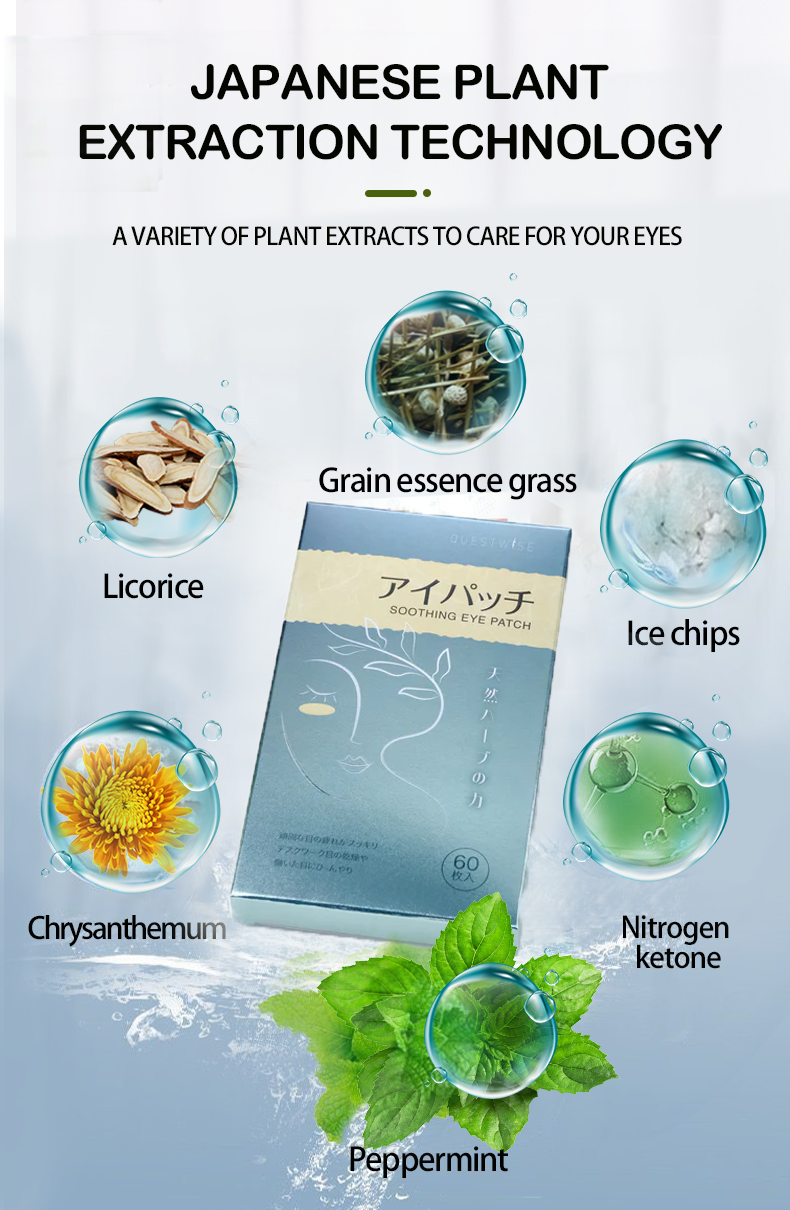Why Do Seasonal Allergies Eyes Get Worse in Spring? A Comprehensive Guide to Relief
Spring, a season synonymous with blossoming flowers and warmer weather, often brings an unwelcome companion for millions: seasonal allergies. While these allergies can manifest in various ways, affecting the nose, throat, and skin, the eyes are frequently a primary site of discomfort. The intense itching, persistent watering, and inflammation experienced by many are more than just an inconvenience; they can significantly impact daily life, reducing productivity and impacting overall well-being. But why are seasonal allergy eye symptoms so dramatically worse in the spring?
The answer lies in the surge of airborne allergens, particularly pollen. Spring marks the peak pollen season for many regions across the globe. Trees, grasses, and weeds, bursting forth with new life, also unleash vast quantities of pollen into the atmosphere. This microscopic pollen, while seemingly innocuous, acts as a potent allergen for millions. When inhaled or when it comes into contact with the eyes, it triggers a cascade of immune responses in sensitive individuals.
The body, mistakenly identifying this harmless pollen as a dangerous invader, initiates a defensive reaction. This involves the release of histamine and other inflammatory chemicals. These chemicals cause the characteristic symptoms associated with seasonal allergies, including:
- Intense Itching: The eyes feel incredibly itchy, leading to constant rubbing, which can worsen the irritation.
- Watery Eyes: The eyes produce excessive tears in an attempt to flush out the irritant, resulting in constant watering.
- Redness and Inflammation: The conjunctiva, the membrane lining the eyelids and covering the whites of the eyes, becomes inflamed, leading to redness and swelling.
- Swelling: The eyelids may become puffy and swollen, further adding to the discomfort.
- Burning and Stinging Sensations: A persistent burning or stinging sensation may accompany other symptoms, making the eyes feel raw and sensitive.
- Photophobia: Sensitivity to light may also occur, making it difficult to stay outdoors or in brightly lit environments.
- Eye Discharge: A mucus-like discharge can also occur, further irritating the eyes and potentially impacting vision.
- Blurred Vision: In some cases, the inflammation and swelling can lead to temporary blurred vision.
These symptoms, often compounding one another, can significantly reduce quality of life. The constant itching, burning, and watering can disrupt work, sleep, and social interactions. Fortunately, there are many management strategies to ease these symptoms and regain comfort.
Understanding the Role of Pollen in Spring Allergies
Different types of pollen dominate at various times during the spring season. Tree pollen, often one of the earliest offenders, is usually released in early spring. Specific trees like oak, birch, and maple trees are significant contributors. Grass pollen follows, with peak season often occurring in late spring and early summer. Different grasses, such as ryegrass and Timothy grass, contribute differently depending on the region. Weed pollen tends to appear later in the season, often extending into the fall. Ragweed and other weeds are notorious for causing late-season allergies. Understanding your local pollen counts and the predominant pollen types in your area can help you better predict and manage your allergy symptoms.
Monitoring pollen forecasts, available through various weather apps and websites, allows you to plan your outdoor activities accordingly. On high-pollen days, reducing time outdoors or wearing protective eyewear can greatly minimize exposure. Keeping windows closed and using air filters indoors can also help limit exposure to airborne allergens. Showering after being outdoors can remove pollen from hair and skin, reducing its spread throughout your home.
Lifestyle Adjustments and Preventative Measures
Beyond simply monitoring pollen counts, proactive lifestyle changes can significantly reduce allergy symptoms. These changes may include:
- Wearing sunglasses outdoors: This helps prevent pollen from directly entering the eyes.
- Using saline eye rinses: Regularly rinsing the eyes with saline solution can help remove pollen and other irritants.
- Avoiding rubbing eyes: While tempting, rubbing the eyes only exacerbates inflammation and itching.
- Maintaining good sleep hygiene: Sufficient rest helps bolster the body's immune system.
- Hydration: Drinking plenty of water helps to flush out allergens and keep mucus membranes moist.
These simple yet effective strategies, when incorporated into daily routines, can contribute significantly to overall allergy symptom management.
Finding Relief: Managing Seasonal Allergy Eye Symptoms
Beyond avoiding exposure, several effective methods help manage seasonal allergy eye symptoms. Over-the-counter medications, including antihistamine eye drops and nasal sprays, can provide significant relief from itching, watering, and inflammation. These medications work by blocking the effects of histamine, the key chemical responsible for many allergy symptoms. They provide fast-acting relief, and various formulations cater to different needs and sensitivities.
Another approach involves using soothing eye patches, such as the Wise Quest Soothing Eye Patches - 1-Month Care Pack. These patches, infused with traditional Chinese herbal medicine, offer a unique approach to alleviating eye discomfort. The Wise Quest Soothing Eye Patches - 1-Month Care Pack helps to relieve eye fatigue, dryness, astringency, redness, and swelling. They provide a gentler, more holistic approach to addressing eye irritation, particularly beneficial for those seeking relief from the discomfort caused by seasonal allergies.

The Wise Quest Soothing Eye Patches - 1-Month Care Pack promotes healthy blood circulation, addressing underlying issues that contribute to eye discomfort. While not a direct allergy treatment, the soothing and restorative properties of these patches can significantly alleviate the symptoms associated with seasonal allergies. Many users find them beneficial in conjunction with other allergy management techniques.
When to Seek Professional Help
While many experience mild seasonal allergy eye symptoms, some cases require professional medical attention. If your symptoms are severe, persistent, or accompanied by other concerning symptoms, consulting a doctor or allergist is essential. They can accurately diagnose the cause of your allergies, recommend appropriate treatment options, and rule out any underlying conditions. Severe allergic reactions can sometimes be life-threatening, necessitating immediate medical intervention.
Some signs that warrant a visit to the doctor include:
- Severe eye pain
- Vision changes that persist
- Difficulty breathing
- Swelling of the face or throat
- Hives or skin rash
These symptoms indicate a more serious allergic reaction and require prompt medical attention.
In conclusion, the worsening of seasonal allergy eye symptoms in spring is directly linked to the increased presence of airborne pollen. Understanding this connection, along with utilizing appropriate management strategies, including over-the-counter medications and soothing products like the Wise Quest Soothing Eye Patches - 1-Month Care Pack, empowers you to navigate spring with greater comfort and less irritation. Remember that seeking professional help is crucial when symptoms are severe or persistent, ensuring optimal management and relief from your seasonal allergy woes.

